In our previous discussion on Golf club types, we covered the key differences between irons, woods, and wedges, helping you understand when and how to use each club effectively.
Now that you have a better understanding of the different clubs and their purposes, it’s time to talk about one of the most important components of your game: the golf ball! Choosing the right golf ball might seem like a small detail, but trust me, it can have a huge impact on your performance on the course. So, let’s break down how you can select the best golf ball for your game.
What Are the Types of Golf Balls?
Golf balls come in different types, each designed for specific playing styles and skill levels. While they all have the same basic shape and function (to get the ball into the hole), the way they’re constructed affects how they perform.
Two-Piece Golf Balls
Two-piece golf balls are the most basic and affordable option, and they’re great for beginners or players looking for durability. These balls have a solid rubber core and a durable cover, which allows for greater distance but less spin.
- Best for: Beginners and recreational golfers
- Advantages: Long-distance, durable, affordable
- Disadvantages: Less control, less spin
Three-Piece Golf Balls
Three-piece golf balls are a step up from two-piece balls. They consist of a core, an intermediate layer, and a cover. This design allows for a better combination of distance and control, with added spin. These balls are typically favored by intermediate and advanced players.
- Best for: Intermediate players who want a balance of distance and control
- Advantages: More control, better spin, good distance
- Disadvantages: Slightly less durable than two-piece balls
Four-Piece and Multi-Layer Golf Balls
These balls are designed for serious golfers looking to maximize performance. With multiple layers, these balls offer the best combination of spin, control, and distance. They tend to be more expensive but are perfect for players who need high-level performance and customization.
- Best for: Advanced golfers who prioritize control and spin.
- Advantages: Exceptional control and spin, high performance.
- Disadvantages: More expensive, less durable for beginners.
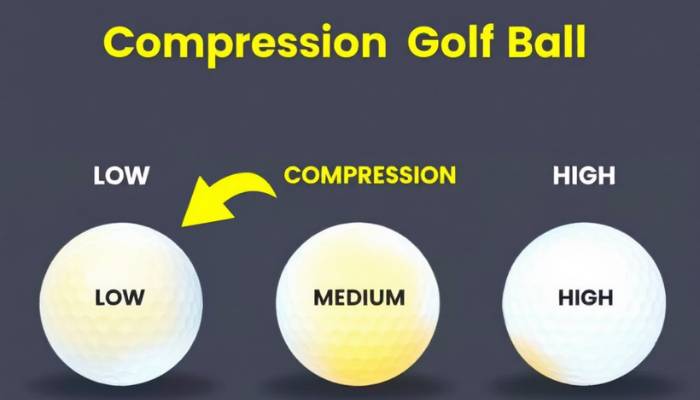
How Does Compression Affect My Golf Ball?
Golf ball compression refers to how much the ball compresses when you hit it. It affects how the ball reacts to your swing. Typically, the higher the compression, the firmer the ball, and the lower the compression, the softer the ball.
- Low Compression (70-80): Softer balls, ideal for players with slower swing speeds. These balls help generate more distance for golfers who struggle to hit the ball far.
- Medium Compression (80-90): Suitable for golfers with moderate swing speeds. It strikes a balance between softness and firmness, offering good control and distance.
- High Compression (90-110): Firmer balls, designed for players with faster swing speeds. They provide maximum control and spin but may not perform well for slower swing speeds.
How to Choose Compression
- If you’re a beginner or have a slower swing speed, go for low-compression balls.
- If you have a moderate to fast swing, medium to high compression balls will give you the best performance.
What About Spin and Control?
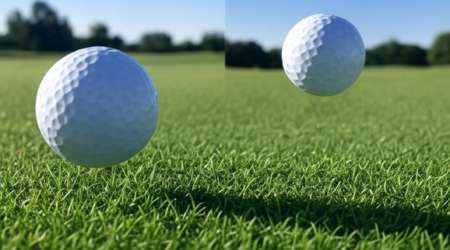
Spin is how much the ball moves sideways or curves during flight. It’s crucial when approaching greens, especially when you need the ball to stop quickly or land softly.
- Low Spin Golf Balls: These balls are great for players who want more distance and less side spin, reducing the chance of slices or hooks. They’re a good choice for beginners who are still working on control.
- High Spin Golf Balls: If you want better control, especially for short game shots around the greens (like chips or bunker shots), a high-spin ball is the way to go. These balls provide more spin and allow for better stopping power on the greens.
Low Spin Balls
- Best for: Beginners and players who need more distance
- Advantages: Less curve, more forgiving, greater distance
- Disadvantages: Less control, less stopping power on the green
High Spin Balls
- Best for: Advanced players who want to improve short game control
- Advantages: Greater control and stopping power around the greens
- Disadvantages: Less distance off the tee, higher likelihood of slicing or hooking
How to Pick the Right Ball for Your Skill Level
Choosing the right golf ball is all about understanding your game and your goals. Let’s break it down based on your skill level.
Beginner Golfers
If you’re just starting out, you’ll want a golf ball that’s durable and easy to hit, without worrying too much about spin or advanced features. A two-piece ball with low compression and low spin will help you get the distance and forgiveness you need, especially if you have a slower swing speed.
Intermediate Golfers
Once you’ve gained some experience and control over your game, it’s time to switch to a three-piece ball. This will give you better spin control and a good balance between distance and feel. Look for balls that suit your swing speed and offer more accuracy.
- Recommended Ball: TaylorMade Project (a), Bridgestone e6 Soft
Advanced Golfers
As your skills advance, you’ll want a ball that offers more spin and control for your short game. Four-piece balls give you greater spin control around the greens while still providing distance off the tee. These balls are more expensive, but they’ll give you the performance you need to fine-tune your game.
- Recommended Ball: Titleist Pro V1, Callaway Chrome Soft
Other Factors to Consider
There are a few other things you might want to think about when selecting a golf ball:
- Cover Material: Most golf balls feature either a urethane or surlyn cover. Urethane covers offer better spin and control, while surlyn covers are more durable and offer more distance.
- Visibility: Bright-colored balls or balls with high-visibility covers can help you track the ball better on the course, especially if you play in low-light conditions or need help finding your ball.
Golf Ball Comparison Chart
| Ball Type | Best For | Compression | Spin Level | Ideal Player Type |
| Two-Piece | Distance & Durability | Low | Low | Beginners & High Handicaps |
| Three-Piece | Balance of Distance & Control | Medium | Medium | Intermediate Players |
| Four-Piece | Spin & Performance | High | High | Advanced Players |
| Low Spin (Surlyn) | Straight Shots, Distance | Low | Low | Beginners with slower swing speeds |
| High Spin (Urethane) | Control, Greenside Shots | Medium/High | High | Advanced Players with fast swing speeds |
Conclusion
Choosing the right golf ball can make a significant difference in how well you play, especially as you get more experienced. Whether you’re a beginner looking for distance and forgiveness or an advanced player seeking spin and control, there’s a perfect golf ball for your game.
Now that you understand the different golf ball types and their characteristics, it’s time to head out to the course and try a few options. Experiment with different balls to see which one suits your game best.
Stay tuned for our next post, where we’ll talk about the purpose of golf gloves and whether or not you should wear one. You might be surprised by how much they can improve your grip and comfort.

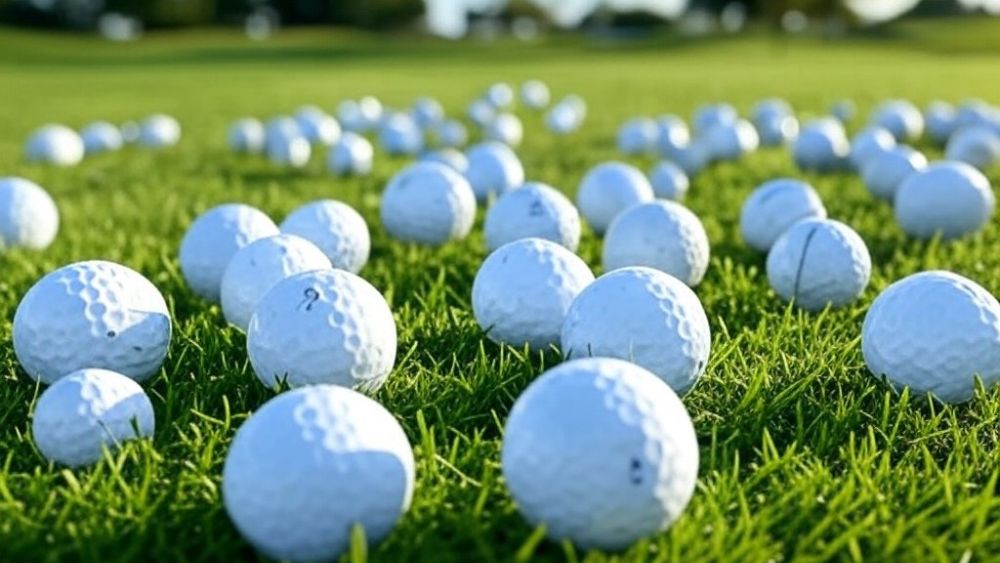








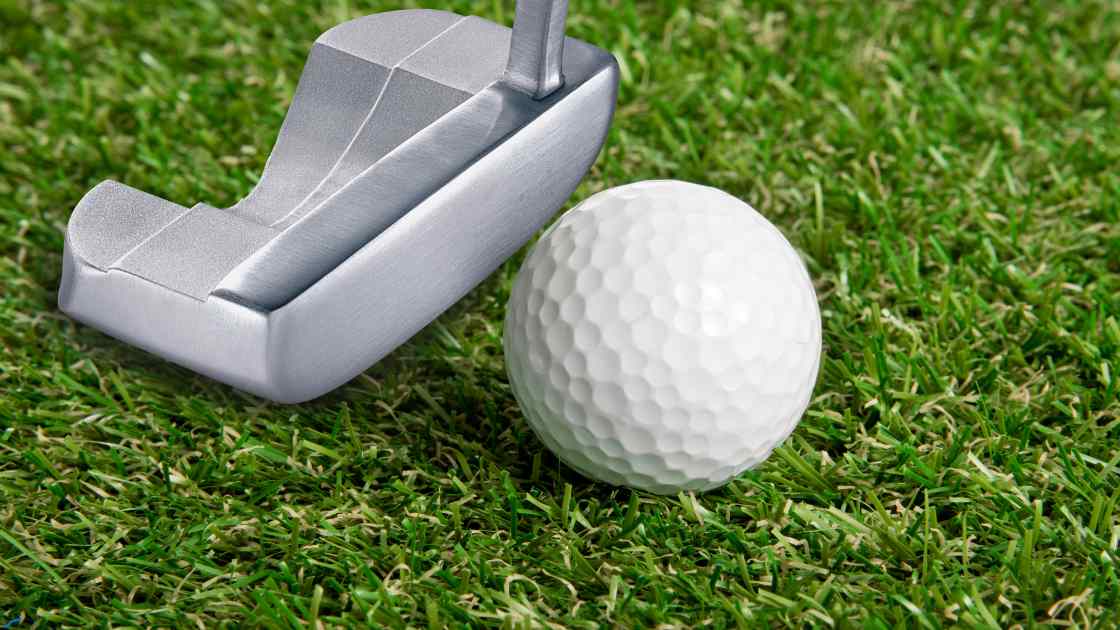
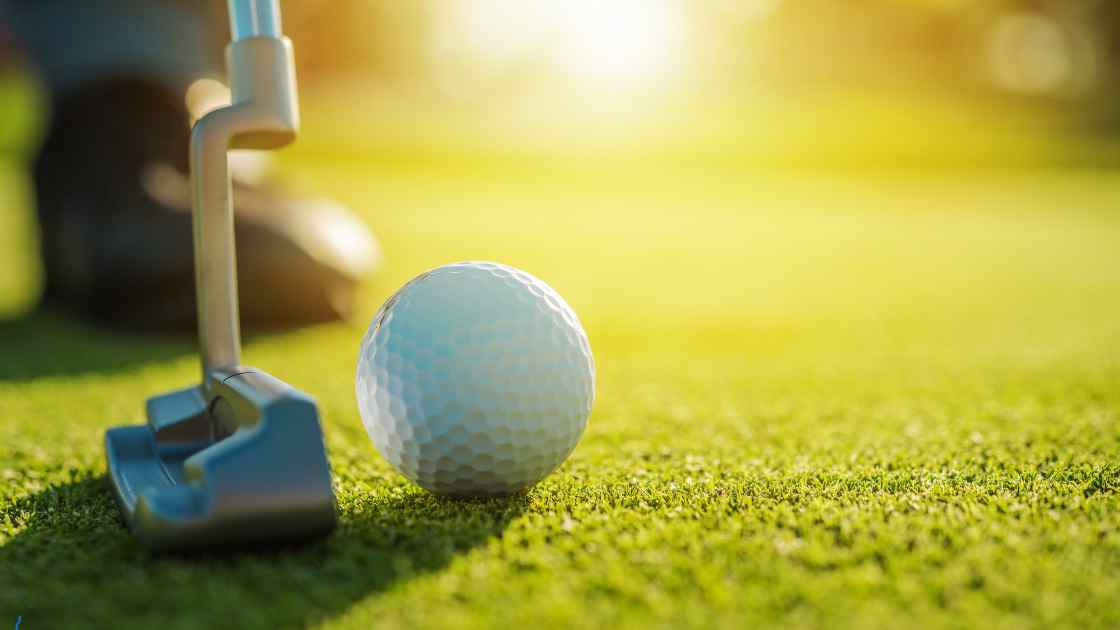

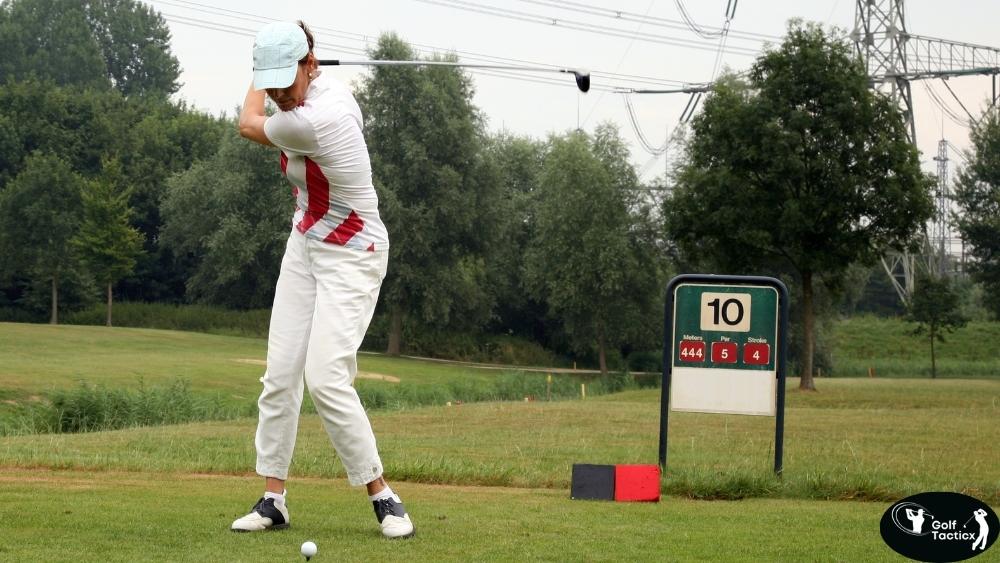

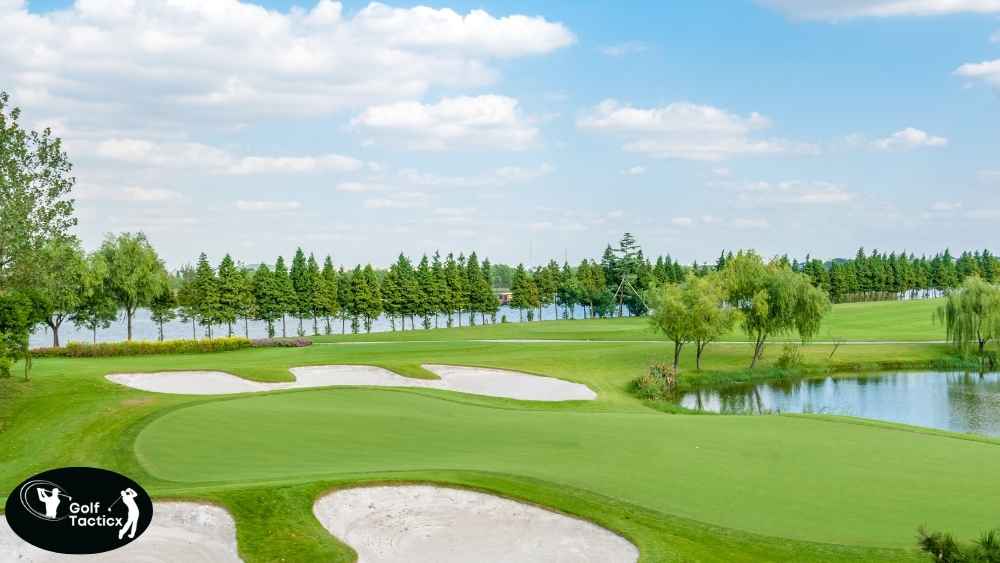
Leave a Reply